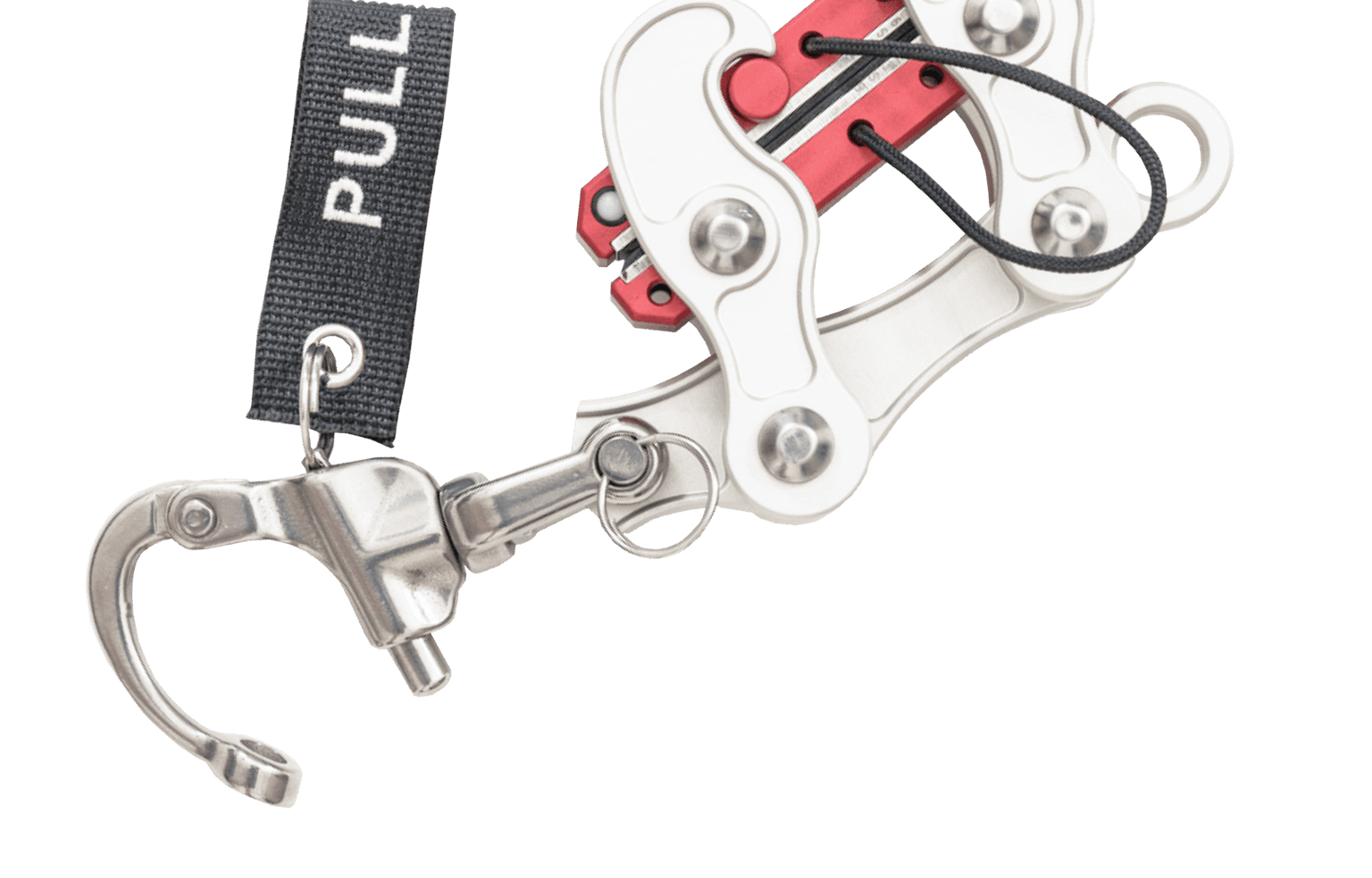
Impressive Article on the Science of Flywheel Training.
In the last 20 years, enough research has confirmed that isoinertial resistance from flywheel training is not a gimmick, but perhaps one of the most potent ways to train and rehab athletes. I was skeptical and cautiously optimistic at first, but after years of experimenting I came to the realization that not only does the modality work, it works better than I imagined. In this article, I dive into the essential science of how the body remodels from specific flywheel training and explain how to use your flywheel system better.
Flywheel training isn’t something that you jump into without doing your homework, but it’s not something to fear either. A healthy viewpoint with flywheel training is to respect the modality and learn what it can provide and how to implement it into a comprehensive program. Some coaches are huge fans of flywheel training and dedicate their entire strength training time to isoinertial training, but not every repetition needs to be done that way.
Flywheel training is not going away anytime soon, and it’s a great vehicle to learn about other methods of training as well, such as isokinetics and accommodating resistance. Training with flywheels works scientifically and you can place it into a program practically. Even if you add one exercise a few times a week, the benefits are potent and rapid.






